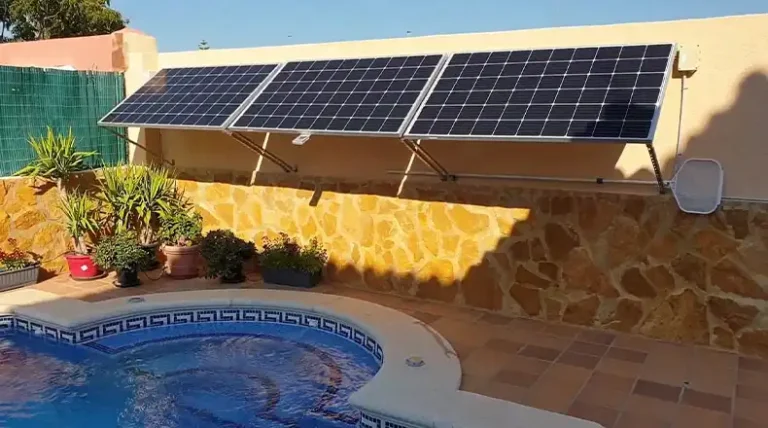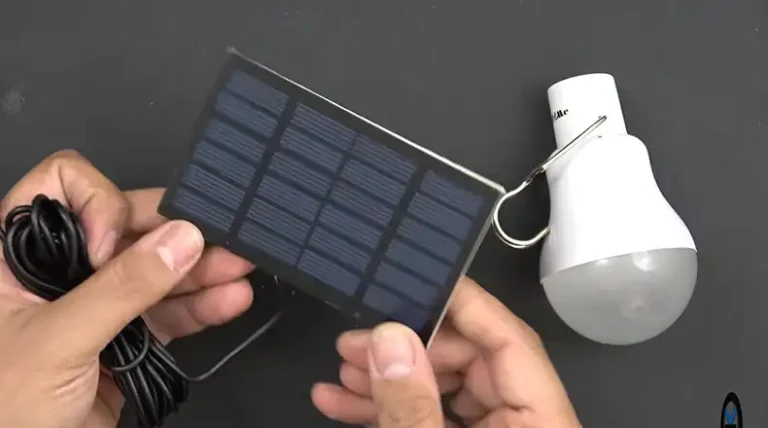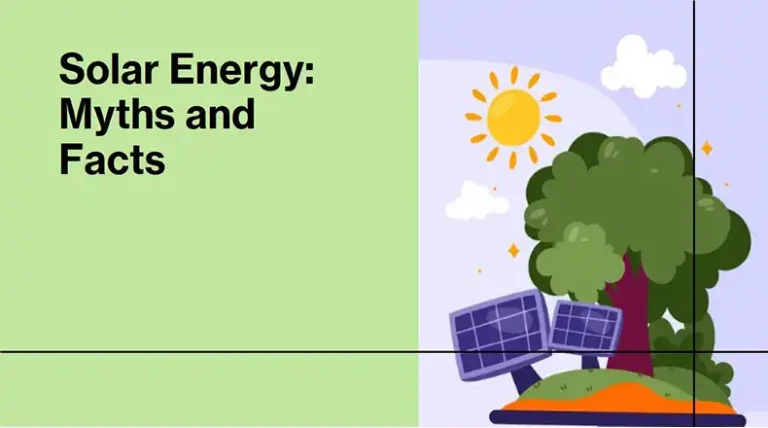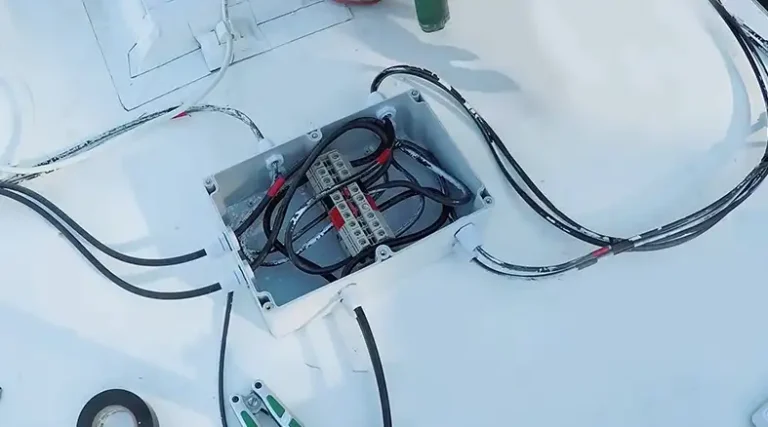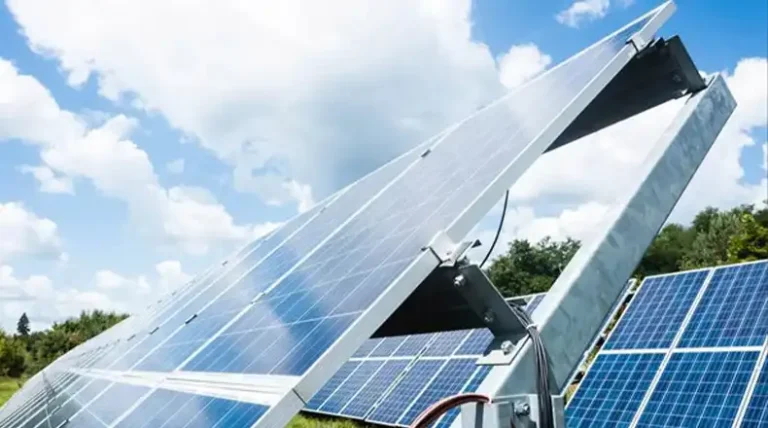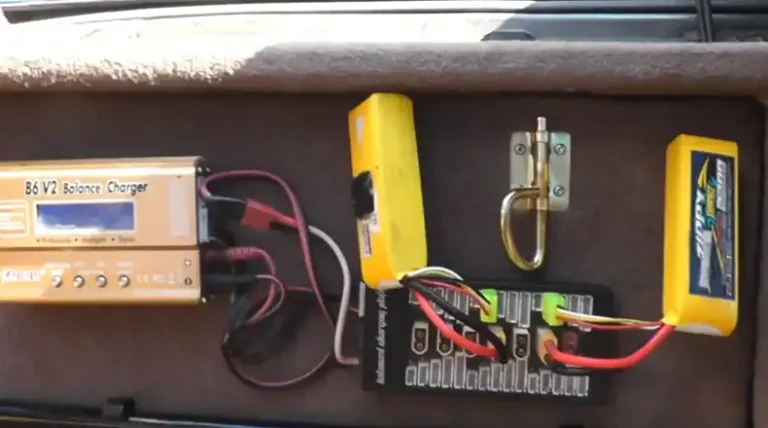What Is the Difference Between On Grid Off Grid and Hybrid Solar System?
Deciding between on-grid, off-grid, or hybrid solar systems often leaves people perplexed. While all three harness the power of the sun, differences in how they connect to the grid, use batteries, and work with utilities lead to pros, cons, and ideal use cases.
The actual difference is that on-grid solar systems connect to the electrical grid with excess solar power fed back to the grid, off-grid solar systems operate independently using batteries to store solar energy for use when solar production is low, and hybrid solar systems connect to the grid but also utilize battery storage to provide a backup power source while maintaining grid connectivity.
This article unpacks the key distinctions to help determine which system works best for specific homes and budgets.
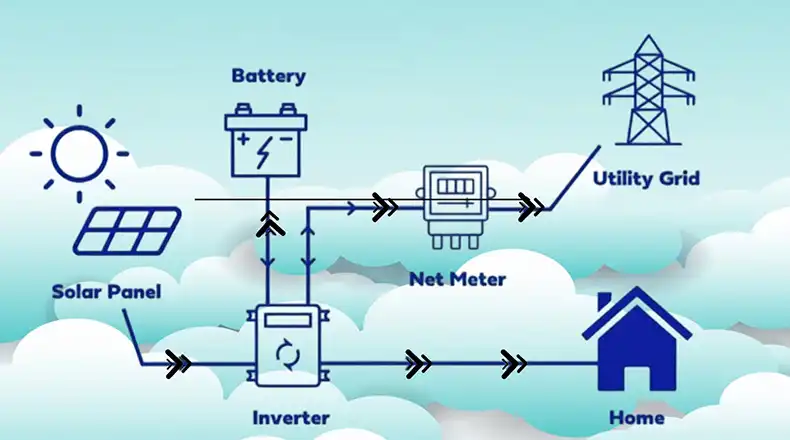
What are the Actual Differences Between On-Grid, Off Grid, and Hybrid Solar System
Each solar system has its unique strengths and differences. Here’s a detailed comparison provided which will help you learn the ins and outs of different solar systems. It will also help you to choose the best system that fits for you.
Working Procedure
On-Grid
Connected to the grid. Solar panels generate electricity during the day to feed into the grid. Excess power is sent back to the grid.
Off-Grid
Not connected to the grid. Uses solar panels, batteries, charge controllers, and inverters to function independently. Solar charges batteries during the day to provide power at night.
Hybrid
Connected to the grid but also has battery storage. Solar electricity charges batteries first and the excess is sent to the grid. Can draw power from batteries during grid outages.
Installation Process
The installation process greatly varies between solar system types impacting difficulty and costs.
On-Grid
Relatively simple as panels connect to existing electrical infrastructure via inverters. Limited wiring, labor, and alterations are needed to integrate into grid-connected homes.
Off-Grid
More complex demanding expertise. Solar panels and batteries must be installed along with charge controllers, junction boxes, custom inverters, and wiring to create a fully independent system. Requires significant new infrastructure.
Hybrid
Moderately complex combining grid and solar components. Solar panels and batteries are installed along with safety disconnects between systems. Additional load centers, conduits, and switch gear are needed to orchestrate grid shifting.
Components Used
Vast differences in solar power generation sources between approaches.
On-Grid
Primarily uses roof solar panel arrays combined with utility-grade inverters transforming energy. Zero battery capacity as the grid acts as virtual storage. Metering monitors power flows.
Off-Grid
Solar arrays plus battery banks with 3000+ lifecycles for overnight/poor weather production. Sophisticated charge controllers regulate voltage and prevent overcharging. Safely isolates from the grid.
Hybrid
Leverages solar arrays and battery banks while maintaining a connection to the grid. Allows households to operate off solar and grid seamlessly via control systems and rapid shutdown devices.
Ease of Use & Maintenance
Operation and care requirements vary.
On-Grid
Very user-friendly. Seamlessly integrates with existing electrical systems. Little user awareness is needed outside of monitoring energy bill savings from net metering.
Off-Grid
Demands owner oversight given independence from the grid. Must monitor battery levels and system performance. Requires manual generator power if solar/battery output is insufficient.
Hybrid
Easy grid-tie functionality balanced with off-grid capabilities. Some monitoring of battery/panels is helpful to optimize for reliability and storm resilience.
Economical Considerations
Cost considerations are pivotal when assessing solar systems.
A major advantage of on-grid solar systems is the ability to sell surplus electricity back to utility companies. This is not possible with off-grid setups.
On-Grid
Any excess solar energy that is generated but not immediately used on-site can be exported back to the grid. This earns credit through net metering programs and feed-in tariffs. These programs allow home solar producers to effectively sell electricity.
Off-Grid
Because off-grid systems operate independently from utility infrastructure, there is no way to distribute excess solar energy elsewhere. Any surplus production is simply lost if batteries happen to be fully charged. No selling option exists.
Hybrid
Some hybrid systems allow net metering and grid export when configured in grid-tied mode. But excess power cannot be sold when operating off the grid completely in islanding mode. Only the grid-connected aspect has sell capability.
When it comes to the installation cost of these three solar systems, it’s important to note that the off-grid system has the highest upfront cost. This is because it requires a larger battery bank for storage compared to the other systems. The hybrid system follows in cost and then the on-grid solar system. In short, On Grid < Hybrid < Off Grid, in terms of cost.
Summary
| System Type | Installation | Components | Use & Maintenance | Costs | Excess Power |
| On-Grid | Simple | Solar panels, inverters | Easy, fully automated | Lower | Can sell back to the grid |
| Off-Grid | Complex | Solar panels, batteries, charge controller, custom inverter | Demanding, requires monitoring | Higher | No selling option |
| Hybrid | Moderate | Solar panels, batteries, grid connection | User-friendly with some monitoring | Medium | Limited selling ability |
Benefits and Drawbacks of On-Grid, Off-Grid, and Hybrid Solar System
Now that we’ve distinguished the underlying operational differences between setups, how do their benefits and limitations contrast? Key perks and drawbacks include:
| Solar System Type | Benefits | Drawbacks |
| On-Grid | Lower upfront costs | No backup power |
| Utility bill savings | Less independence | |
| Easy grid connection | Variable cost savings | |
| No battery maintenance | Complex regulations | |
| Off-Grid | Zero grid reliance | Very high starting cost |
| Outage protection | Increased complexity | |
| Eliminate power bills | Manual generator backup | |
| Unlimited scalability | Battery monitoring required | |
| Hybrid | Best of both systems | More controls complexity |
| Battery backup | Can’t go indefinitely off-grid | |
| Net metering available | Ongoing utility costs | |
| Lower starting cost than off-grid |
Which One is Effective Among On Grid, Off Grid, and Hybrid Solar Systems?
The decision between on-grid, off-grid, and hybrid solar systems hinges on a multitude of factors, including your location, energy consumption patterns, budget, and priorities.
On-grid solar systems are ideal for those who prioritize cost-effectiveness and have reliable grid access.
Off-grid solar systems are the perfect choice for those seeking energy independence and living in areas with limited or unreliable grid access.
Hybrid solar systems offer a balanced approach, catering to those who want the benefits of both grid connection and energy independence.
Now, the choice is yours!
Final Thought
Figuring out which variety of solar works best for particular applications hinges on weighing priorities like reliability, long-term costs, grid interaction abilities, and ease of maintenance against personal situations. Hybrid systems help balance temporal flexibility and emergency reserves seamlessly to enhance ROI. But every home and budget face unique constraints. The distinctions explored here aim to unravel myths about solar to guide those seeking to make informed, confident decisions.

